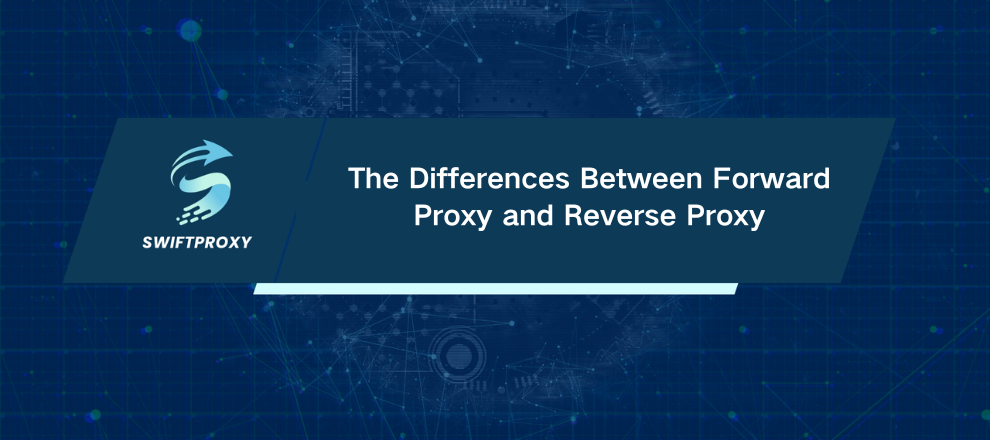The Differences Between Forward Proxy and Reverse Proxy


Imagine two guardians standing at opposite ends of a digital highway—both protect, yet they serve wildly different purposes. Forward proxies shield users. Reverse proxies guard servers. Understanding these differences isn't just technical trivia; it's the key to choosing the right proxy that fits your exact needs.
What's a Forward Proxy
Think of a forward proxy as your personal mask online. When you connect through one, your real IP address disappears. Instead, websites only see the proxy's IP. This simple reroute lets you surf the web anonymously, bypass geo-blocks, or enforce content restrictions. Marketers love it for managing multiple social accounts without tripping red flags. Finance pros use it to gather localized data globally. Schools and businesses deploy it to block distractions or dangerous sites.
What's a Reverse Proxy
Now, flip the script. Reverse proxies don't hide users—they protect servers. Acting as gatekeepers, they prevent direct access to the server, stopping attacks before they hit home. Plus, they're masters at load balancing, distributing traffic evenly to keep websites running smoothly during traffic spikes. Think holiday sales or viral product launches—reverse proxies keep everything humming without crashing.
They also cache popular content to speed up loading times and slash bandwidth use. And when it comes to security, they double as firewalls, blocking malicious traffic and fending off DDoS attacks.
Forward Proxy vs Reverse Proxy
Forward proxies serve users—privacy, access, control.
Reverse proxies serve servers—security, speed, stability.
Choose forward proxies when you need to mask identities or bypass restrictions. Opt for reverse proxies when protecting your infrastructure and optimizing performance are top priorities.
Real-World Use Cases
Marketing teams use forward proxies for sprawling campaigns across regions, appearing as local users without leaving their desks. Finance analysts access market data locked behind geo-fences.
Meanwhile, eCommerce platforms rely on reverse proxies to juggle peak traffic loads and shield backend servers from cyber threats. Web apps lean on reverse proxies to handle SSL encryption and speed delivery with smart caching.
Setting Up Proxy
Forward proxy setup is often as simple as tweaking your browser or firewall settings. Reverse proxies, however, typically require specialized software or services integrated with your web servers. Don't worry—many solutions today offer step-by-step guides to make this painless.
The Bottom Line
If your priority is privacy and unrestricted access, forward proxies are your best bet. If you're managing traffic, security, and performance on the server side, reverse proxies will be your backbone.
關於作者

相關文章
Mescent Network Inc., Limited (Hong Kong) | All rights reserved [email protected] [email protected]
合作關係
















































